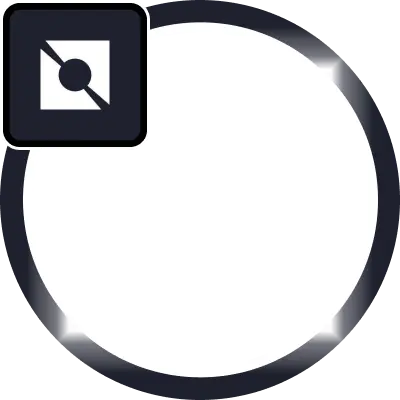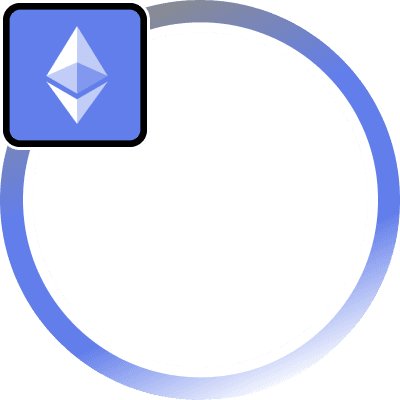Background and History
Meteora began its journey as Mercurial Finance, a DeFi project launched in 2021 on the Solana blockchain. Mercurial quickly established itself as a leading stablecoin-focused platform, particularly known for its innovative liquidity pools for stable and pegged assets. At its peak, Mercurial managed over $200 million in Total Value Locked (TVL), making it one of the largest stable automated market makers (AMMs) on Solana.
However, the collapse of FTX and Alameda Research in late 2022 dealt a significant blow to Mercurial, as the project had strong ties with these entities, including significant funding and market-making support. In response to the crisis and to dissociate from the tarnished reputation of FTX and Alameda, the team behind Mercurial decided to rebrand the project as Meteora. This rebranding effort was more than just a change of name; it involved a complete overhaul of the platform’s technology, governance, and tokenomics, marking a fresh start aimed at restoring community trust and positioning the project for sustainable growth in the DeFi space.
Key Features and Technologies
Dynamic Liquidity Market Makers (DLMM)
Meteora’s DLMM technology allows liquidity providers to dynamically adjust their strategies based on market conditions, enabling greater fee capture during volatile periods. This feature is designed to enhance capital efficiency and ensure that liquidity is allocated where it is most needed, maximizing returns for users.
Dynamic Pools and Vaults
The platform offers dynamic pools, enabling users to earn both trading fees and lending yields by automatically rebalancing assets across multiple protocols. These pools are particularly effective in volatile markets, where traditional AMMs might struggle with capital inefficiency. Meteora’s dynamic vaults further optimize yield by reallocating assets to the highest-yielding opportunities, ensuring that user funds are always working at their full potential.
Governance via $MET Token
The $MET token is central to the Meteora ecosystem, functioning as both a utility and governance token. Token holders participate in governance, voting on key proposals that shape the future of the platform. Meteora’s governance structure is designed to be inclusive, with a focus on decentralizing control and empowering the community to guide the platform’s evolution.
Usage and Applications
Meteora is used by DeFi enthusiasts and liquidity providers seeking to maximize their returns on the Solana blockchain. The platform’s tools are particularly suited for those engaged in complex trading and yield strategies without the need for constant manual intervention. Meteora’s protocols ensure that liquidity is managed efficiently, making it an attractive option for both individual investors and institutional players.
Meteora also offers significant utility to projects launching tokens on Solana, providing innovative liquidity strategies through its DLMM and dynamic pools, particularly beneficial during token generation events (TGEs) and other high-volatility periods.
Notable Events
Rebranding from Mercurial to Meteora
In December 2022, Mercurial rebranded to Meteora in the wake of the FTX and Alameda Research collapse. This rebranding included a complete reset of the project’s tokenomics, with a new $MET token being issued to replace the previous MER token. The rebrand also marked the introduction of new features like dynamic vaults and AMMs, designed to restore confidence and attract liquidity back to the platform.
The Meteora Plan
As part of the rebranding, the Meteora team introduced the “Meteora Plan,” a three-pronged strategy aimed at building a sustainable yield layer on Solana. This plan involved the launch of a new technical platform, the issuance of the $MET token, and a redesigned brand identity. The plan also addressed the distribution of new tokens to existing MER holders, ensuring that the community remained engaged and supported the transition.
Response to the FTX Crisis
The rebranding to Meteora was necessitated by the financial and reputational damage caused by the FTX crisis. Given that FTX and Alameda were significant backers of Mercurial, the collapse of these entities left a void that the team sought to fill through a comprehensive overhaul. This included addressing issues such as the theft of MER tokens during the FTX meltdown, a challenge that was swiftly managed by the Meteora team through a reset of the project’s tokenomics and governance.
Dynamic Vaults Launch
In early 2023, Meteora launched its dynamic vaults, which quickly became a cornerstone of the platform’s yield optimization strategy. These vaults allow users to earn yield from both trading fees and lending interest, while dynamically adjusting to market conditions to maximize returns. This innovation has positioned Meteora as a leading DeFi platform on Solana, with ambitions to significantly grow its TVL and user base.
Community Governance and Decentralization
In 2024, Meteora further expanded its governance model, transitioning more control to its decentralized autonomous organization (DAO). This shift was part of Meteora’s broader strategy to fully decentralize its operations, ensuring that the community has a direct say in the platform’s future direction.








